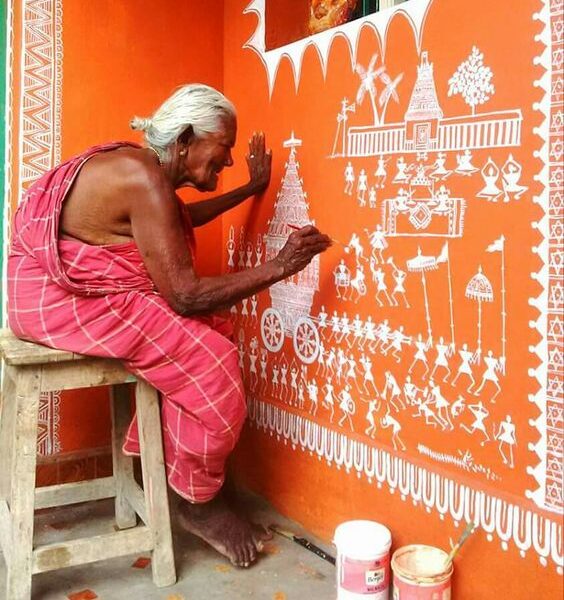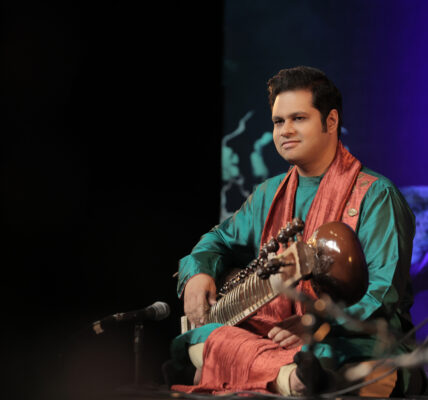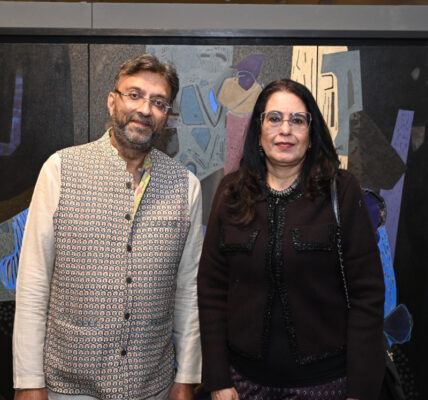Preserving the Soul of Tribal Art

Tribal art is a rich and diverse category of artistic expression created by indigenous people around the world. It reflects the unique cultural, spiritual, and social practices of different tribes and communities. These art forms have been practiced for centuries, often passed down through generations. Tribal art is not a monolithic entity but includes a variety of styles and mediums depending on the region and tribe.
Tribal art often serves multiple purposes. Many pieces are integral to religious or spiritual rituals, such as masks used in dance ceremonies or sculptures representing deities and spirits. Common materials include wood, clay, stone, bone, shells, and feathers. Artists often use these materials in their natural state or with minimal processing.Items such as tools, vessels, and textiles are crafted with artistic considerations, blending utility with aesthetic value.The materials and techniques used in tribal art are typically derived from the local environment and traditional knowledge.
Techniques such as carving, weaving, painting, and beadwork are passed down through generations. Artists may use methods like hand-spinning fibers or natural dyeing to create textiles. Tribal art encompasses a wide range of forms and styles, each unique to its cultural context.
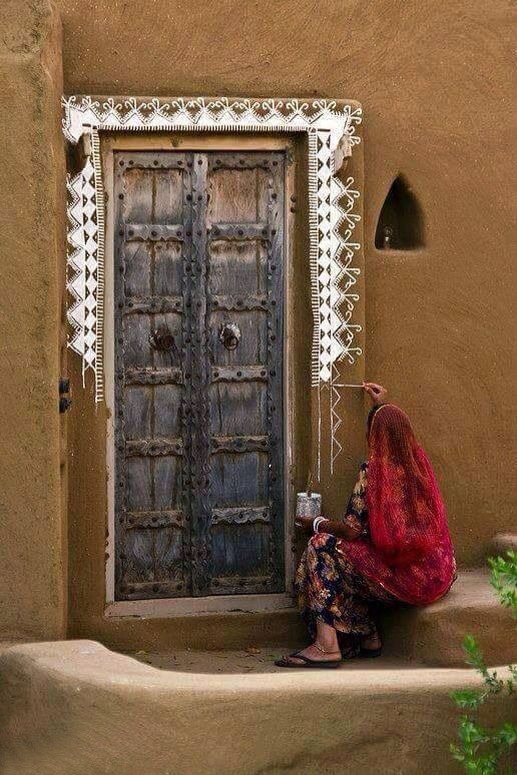

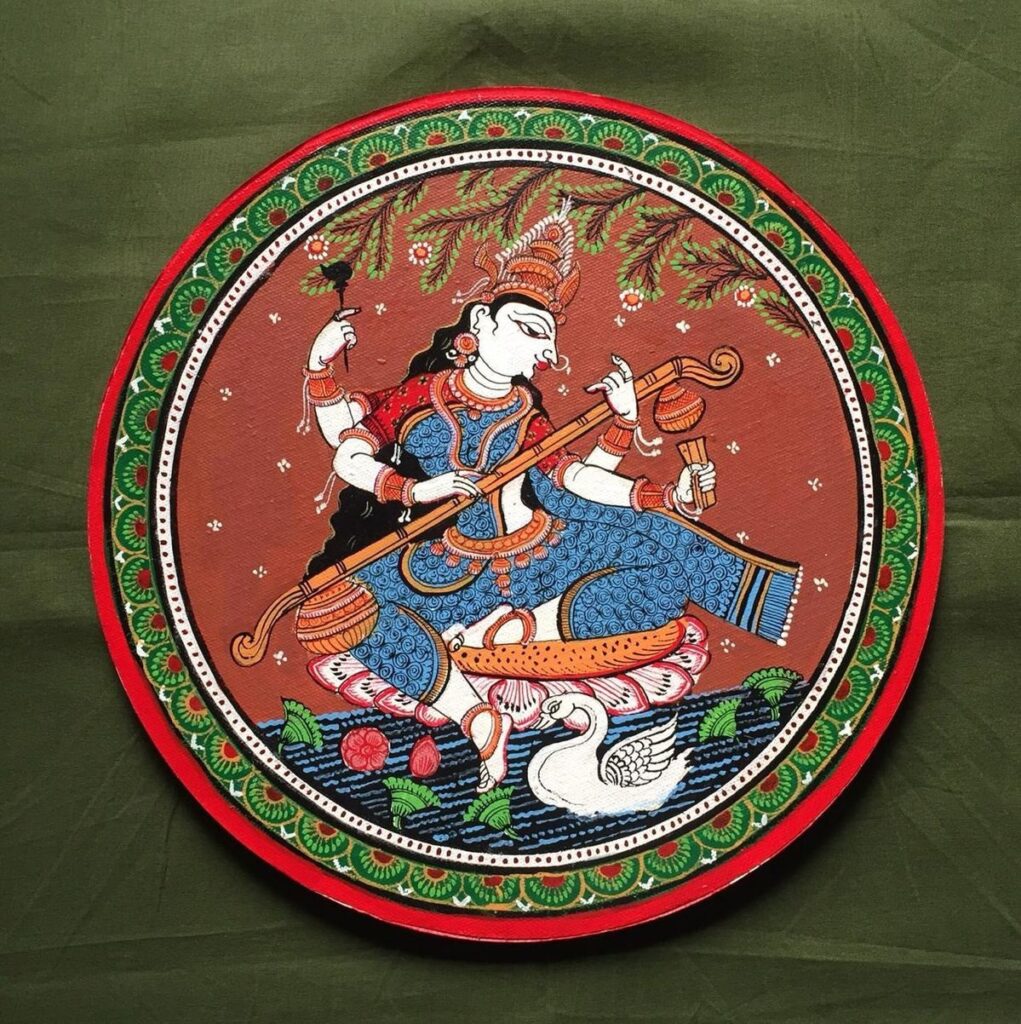
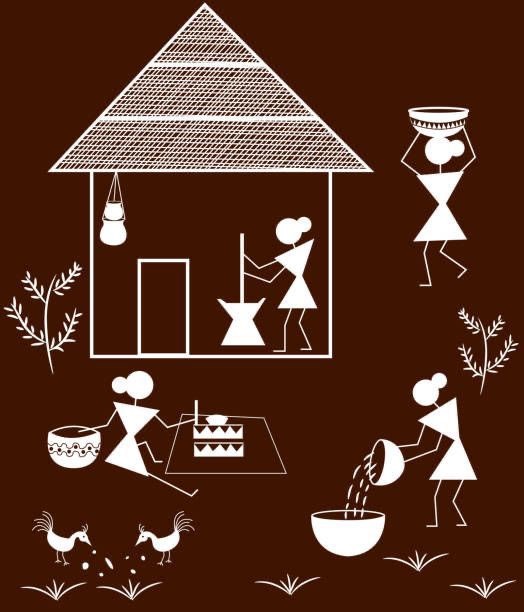
Carvings and three-dimensional works often depict ancestors, spirits, or mythological beings. Styles can be highly abstract or detailed, depending on the culture.Masks are often intricately designed to represent gods, spirits, or mythical creatures and are used in ritualistic performances. Fabrics may feature symbolic patterns and colors specific to cultural stories or identities. Techniques include weaving, dyeing, and embroidery.
Traditional pottery might be decorated with intricate designs or motifs that convey cultural stories or practical functions. Paintings and drawings can be found on surfaces such as bark, rock, or cloth and often depict important narratives or symbols. Tribal art is rich with symbolism. Art often tells stories of creation, history, and mythology, preserving oral traditions through visual means. Many artworks represent spiritual beliefs or deities, serving as a medium for communication with the spiritual world.Artistic expressions can indicate social roles, lineage, or tribal affiliation, often reflecting the values and hierarchies within the community. Gond art from Central India, Warli art from Maharashtra and Patachitra from Odisha have their own distinct styles and methods.While traditional tribal art remains central to cultural practices, contemporary indigenous artists may blend traditional elements with modern influences, creating works that address current social and political issues while honoring their heritage.


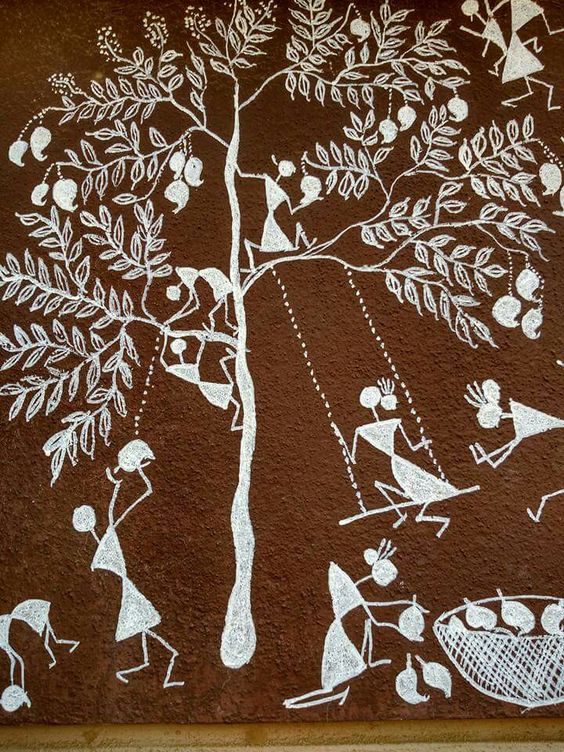
In essence, tribal art is a profound manifestation of a community’s identity, spirituality, and worldview, deeply embedded in the daily and ceremonial life of its creators. Art serves as a way for tribes to preserve and express their unique cultural activity.Many tribal art forms have seen a revival supported by Government and NGOs.Tribal art is increasing by gaining recognition in the global art market while staying rooted in tradition.
Modernization and a lack of cultural knowledge can pose significant threats to tribal art in several ways. As societies modernize, traditional practices and knowledge often become marginalized or forgotten. Tribal art is deeply rooted in cultural rituals, histories, and beliefs. If these traditions are not actively maintained and passed down, the art forms can lose their original meaning and significance. Modern market dynamics can lead to the commercialization of tribal art, which often results in the art being produced primarily for sale rather than cultural expression. This can dilute the authenticity of the art and lead to a loss of its traditional values and techniques. Art that was once sacred and meaningful might become mass-produced and commodified. With the rise of modern technologies and materials, traditional methods of creating art can be overlooked or abandoned. This loss of traditional craftsmanship not only affects the quality and authenticity of the art but also means that important skills and techniques are not passed on to future generations. When tribal art is not understood within its cultural context, it can be misrepresented or appropriated. Without proper cultural knowledge, there is a risk that tribal art can be misinterpreted, leading to incorrect or superficial representations that do not honor the original significance.
It can disrupt traditional ways of life and access to resources necessary for creating and maintaining tribal art. As modernization leads to shifts in social structures and values, the community support that is crucial for maintaining tribal art can weaken. Younger generations might be more inclined to pursue modern careers and lifestyles, which can lead to a decline in the traditional art forms.
Efforts to combat these threats include initiatives to preserve and revitalize traditional practices, increased awareness and education about the cultural significance of tribal art. Respectful engagement with and support for tribal communities are essential in addressing these challenges.
To conclude it can be said that tribal art is very important as an integral part of our cultural heritage and deserves greater respect and recognition. I t has a great future in a globalized world balancing the tradition and innovation.

